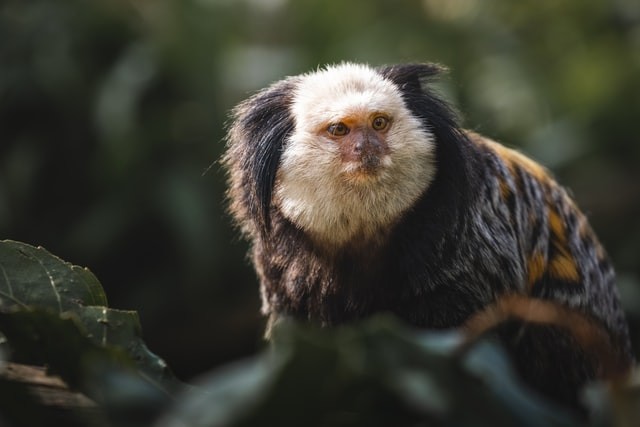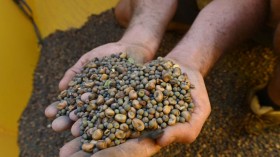The pygmy marmoset, the smallest monkey in the world at an average weight of just over 4 ounces (119 grams) and a length of just over five inches (12 centimeters), is one of the more than 20 subspecies of marmosets.
Pygmy marmosets are native to Bolivia, Brazil, Colombia, Ecuador, Peru, and Ecuador.
Common marmosets are a species of New World monkey that can be found mainly in the forested areas of central Brazil.
They are curious, vivacious, and social creatures.
Marmosets inside the womb
 (Photo : Andy Holmes/Unsplash)
(Photo : Andy Holmes/Unsplash)

According to a recent study, baby marmosets practice their face and mouth gestures required to call for help from their family even before they are born, as per ScienceDaily.
This discovery may also apply to individuals, as developing human beings have been seen in the womb during the third trimester of pregnancy making movements that resemble crying.
Humans, as well as other primates, depend on their newborn cries and coos for survival.
These vocalizations and interactions with their parents and caregivers lay the foundation for later, more complex communication in addition to enabling them to call their own family for assistance.
The study's lead author, Darshana Narayanan, a graduate student in the psychology department at Princeton University in New Jersey, US, said that they demanded to discover how those very first neonatal vocalizations develop.
An average of 14 to 17 ultrasound sessions were performed on each pregnant marmoset by Narayanan and colleagues, beginning when the face first appeared on ultrasound and concluding the day before delivery.
The team longitudinally tracked the head, face, and lip movements of the developing marmosets using ultrasound scans, contrasting them with the movements made by the newborn marmosets when they called out.
The team discovered through frame-by-frame analysis that the mouth and head movements of the developing marmosets were initially coordinated, but gradually separated.
They eventually resembled the crying movements of young marmosets who had been briefly detached from their mothers in the first 24 hours after birth.
The team also compared pre- and postnatal licking movements and movement patterns connected to another marmoset vocalization--called a twitter--to ensure that these movements weren't just generic head and mouth movements.
Their findings demonstrated that the crying pattern was different from the licking or twittering patterns both before and after childbirth.
Also Read: World's Smallest Monkey: A New Baby Pygmy Marmoset Was Unnoticed At UK Zoo
Marmosets and their features
The majority of common marmosets live in trees.
Even though they use their tails for balance, their tails are not prehensile, and they have rounded nostrils that are spaced further apart than Old World monkeys, as per How Stuff Works.
Their long, banded tails are typically longer than their relatively small bodies.
Male marmosets typically measure just over seven inches (18 centimeters) in length and weigh about nine. ounces (256 grams); females are only marginally smaller.
Their pale facial skin turns darker in the sun.
They have fur that has brown, gray, and yellow flecks all over them. They have a white blaze on their forehead, as well as large white ear tufts.
Their hands and feet resemble those of a squirrel very much; all but the big toe have claw-like nails, and their thumbs aren't opposable.
These claws enable them to quickly move through the trees on all four legs like squirrels while also scraping and scratching the bark of the trees to access the gum, sap, and resin that make up about 70% of their diet.
In addition to eating fruit, seeds, fungi, nectar, and small animals like snails, lizards, and nestlings, marmosets also hunt for insects.
Related Article: New Species of Highly Threatened Marmosets Discovered Hidden in Amazon Forest
© 2024 NatureWorldNews.com All rights reserved. Do not reproduce without permission.





